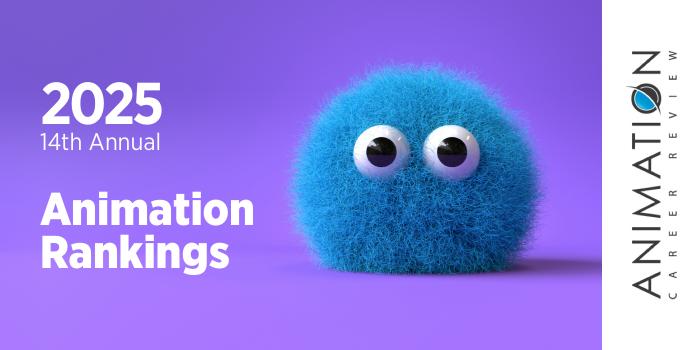The College of Liberal Arts and Sciences (CLAS) at Grand Valley State University (GVSU) is home to the Department of Visual and Media Arts (VMA), which combines liberal arts studies with visual arts production. An accredited member of the National Association of Schools of Art and Design (NASAD), the VMA Department serves nearly 700 students enrolled in 10 programs leading a BA or BS; minors in Art History, Photography, and Studio Art; and nearly 40 single non-credit courses.
Students in all VMA degree programs have the opportunity to participate in campus exhibitions; field trips; study abroad experiences in places such as France, the UK, Spain, and Australia; professional internships; and independent study. VMA students have interned with companies and studios such as Voyage Pictures, Michael Lynn Animation Studio, Mosaic Film Experience, Flix Premiere, Externa CGI, Paris Films, TruVision Studios, Green Sky, and Coastline Studios.
The creative programs in the VMA Department also provide access to state-of-the-art equipment and facilities designed for work in traditional and new media. Through the department, students will also have opportunities to attend and present at off-campus screening events; interact with regular visiting artists; and participate in multiple student organizations.
The Department of Visual and Media Arts at GVSU has two paths to study animation including the BA and BS in Film and Video Production. Both options explore animation, sound design, film studies, scriptwriting, fiction and nonfiction, new media, and documentary. The Film and Video Production BA requires proficiency in a foreign language, while the BS requires three courses in Computer Information Systems, Statistics, or History.
Across programs, courses and projects are led by accomplished industry-professionals, with opportunities to work on productions for outside clients. Course examples for the programs include Animation I and II; 3D Computer Animation; History of Animation; New Media I-II; Film and Video Art; Digital Post Production; Experimental Film and Video; World Cinema; Lighting for Film and Video Production; Special Topics in Film and Video; Scriptwriting I-II; and Audio Production I-II.
The Film and Video Production programs at Grand Valley State University culminates with the Advanced Film Practicum – Summer Film Project; Post-Production Practicum; Producing for Clients; and the Senior Thesis Project. Graduates are prepared to pursue careers in animated filmmaking, live-action filmmaking, animation for television, game art and design, and animation for advertising.
GVSU Film and Video Production alumni have worked with studios and production houses such as DreamWorks Animation, Voyage Pictures, D-Squared Creative, Coastline Studios, Match Frame Creative, M-1 Studios, Contact Light Films, A2 Creative, Detroit Public Television, 52 Watt Studios, and Allied Productions.
Grand Valley State University was established in 1960. The school serves approximately 22,010 students enrolled in more than 145 degree programs across eight colleges and schools. In addition to the main campus in Allendale, Michigan, GVSU has campuses in Grand Rapids, Michigan and regional centers across the state. Grand Valley State University is accredited by the Higher Learning Commission (HLC).







